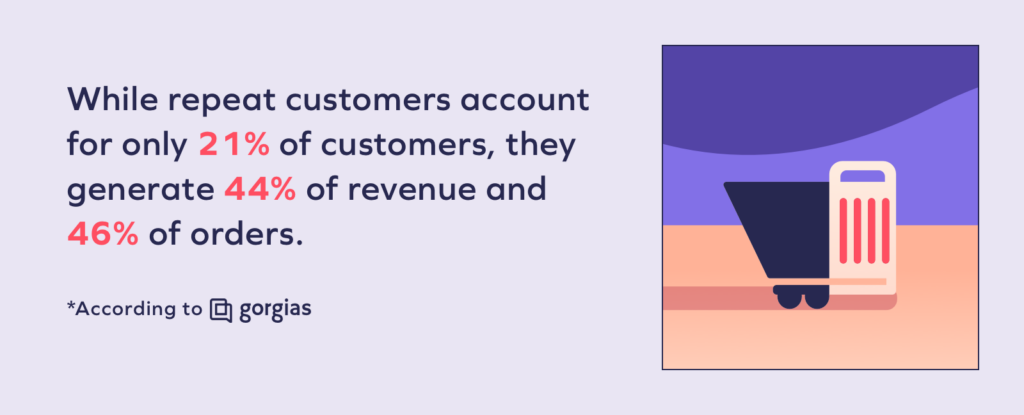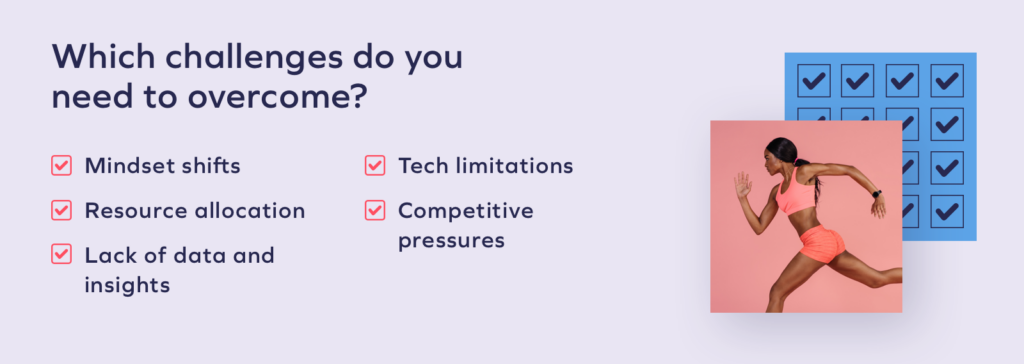Why is a retention-first mindset important for brands?
Retaining existing customers is more cost-effective than acquiring new ones. In fact, while repeat customers account for only 21% of customers, they generate 44% of revenue and 46% of orders. Imagine if that percentage of repeat customers was even higher for your brand.

Additionally, loyal customers can also become brand ambassadors, sharing positive experiences and helping to grow the brand’s customer base. In fact, according to a Kantar survey, 93% of consumers trust recommendations from friends or family over brand advertising.
Challenges brands may face when adopting a retention-first mindset
Ushering in a new way of approaching customer retention is not without its challenges. Retention has largely been a puzzle for brands to solve; they either have the pieces they need but aren’t sure how to fit them together or they’ve put together what they can but a few pieces remain missing.
Here are some challenges that brands may face:

Mindset shift
Brands may have become accustomed to focusing on acquiring new customers, and may not have developed the processes or systems needed to retain existing customers. This can be especially difficult if stakeholders are used to short-term metrics such as conversion rate and new customer acquisition.
Resource allocation
You may need to shift resources away from acquisition and toward retention efforts. This can include investing in new technologies, improving customer service and support, and developing loyalty programs and subscription programs, or other retention initiatives.
Lack of data and insights
Insufficient customer data can make it difficult to personalize the customer experience, develop targeted initiatives, and measure the success of retention efforts.
Competitive pressures
Your competitors may be investing heavily in marketing and advertising to attract new customers, meaning you’ll need to find creative ways to stand out and differentiate yourself from the pack.
Technology limitations
This can include limitations in customer relationship management (CRM) systems, lack of automation for retention initiatives, and outdated or cumbersome processes. Brands that want to prioritize retention may need to invest in new technology and infrastructure to support their retention efforts.
While these challenges may seem daunting, talking amongst your team is the first step to moving toward a more robust customer retention strategy.





